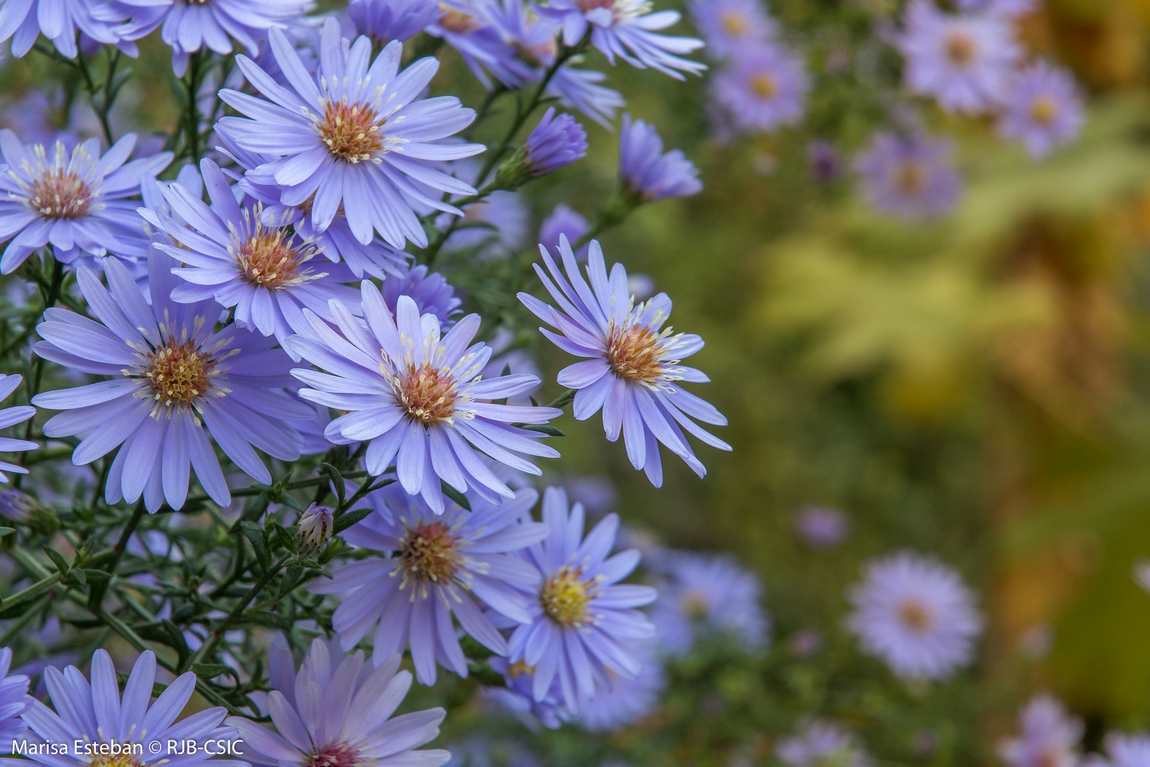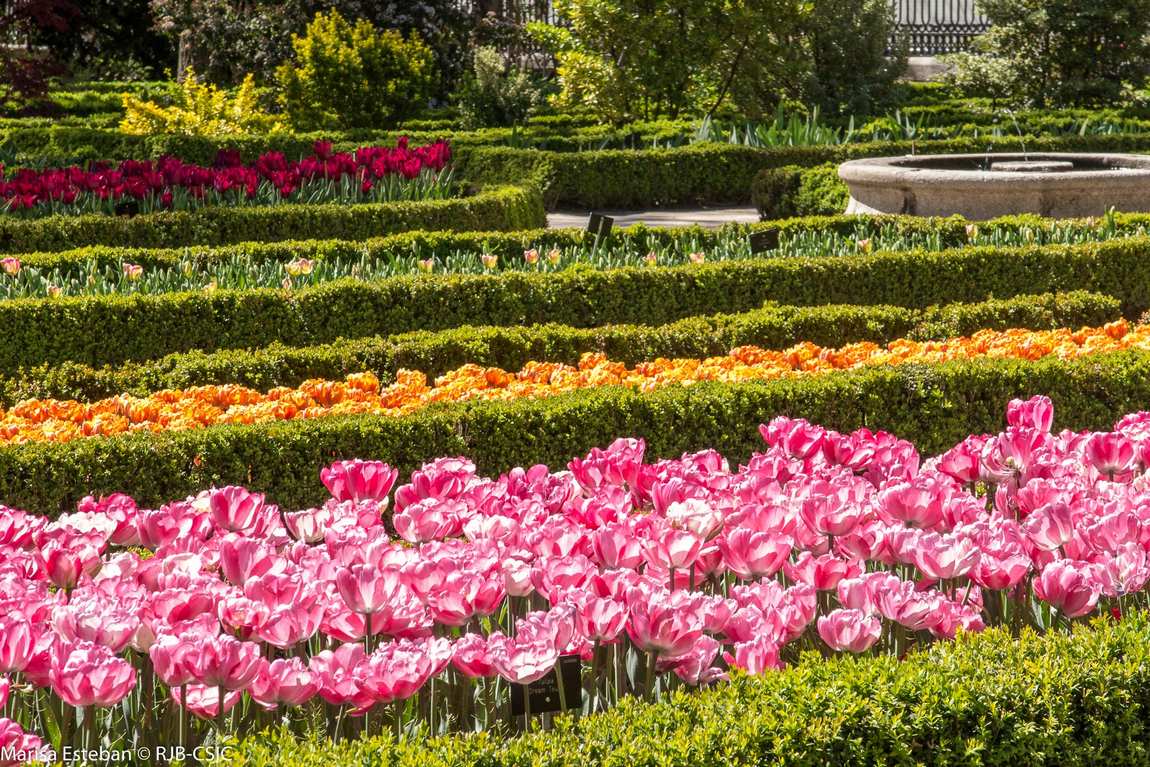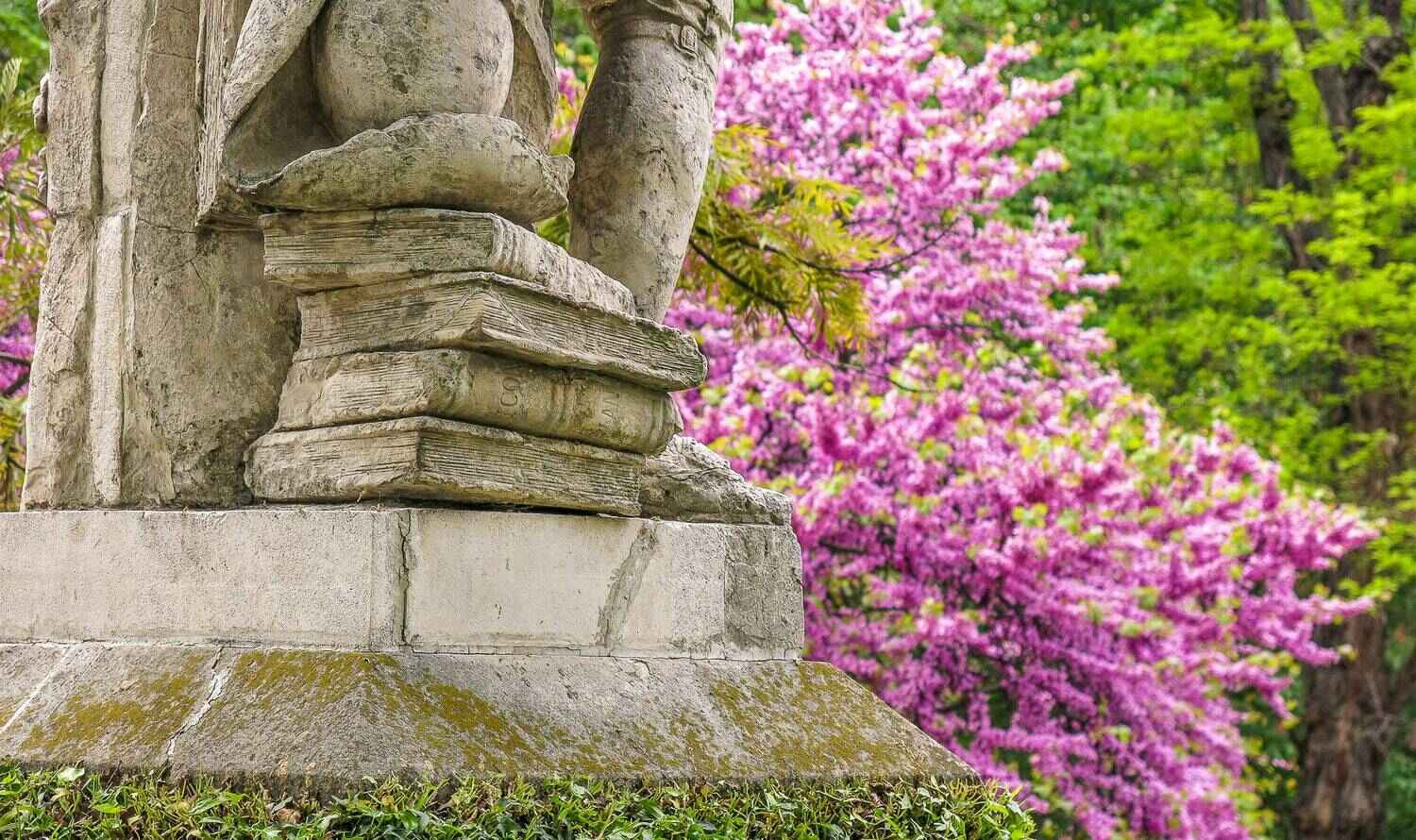Of all the parks in the Spanish capital, Madrid's Botanical Gardens have some of the smallest ground space. But it is the closest to the museums of the Golden Triangle. So where is the best place to take your child to discuss the Prado, the Thyssen-Bornemisza or the Reina Sofia Art Centre? Of course, in a shady garden, cosy on hot and cool days alike.
The Real Jardín Botánico certainly deserves a tour of its own. Its development dates back to the middle of the eighteenth century. The garden was initially located on the banks of the Manzanares River and was later moved to where it is now. In 1942, the park was added to Spain's cultural heritage list.

Before you go for a walk, it is worth looking at the botanical garden map. Firstly, this is the most convenient way to appreciate the beauty and elegance of the layout, which was developed by the chief architect of Madrid, Juan de Villanueva. Second, there are some parts of the garden that you may want to see first.
For example, flowerbeds with ornamental plants and a rose garden are often chosen for a photo shoot (interestingly, this Madrid landmark's luxurious flowers inspired the Carrera y Carrera jewellery house). In the orchard, you can see familiar and unfamiliar fruits ripen. Children are usually surprised by beds with pharmaceutical plants, among which chamomile or dill grow. Olive trees are, of course, planted along the Olive Alley. And in greenhouses, where a tropical and desert climate reigns, assorted cacti and palm trees feel great.

The Royal Botanical Gardens of Madrid have a truly unique collection of plants. Why not make an impromptu quest and ask your child to find the garden's 18 main trees: yew, Himalayan cedar, sequoia, ginkgo biloba, Aleppo pine, sycamore and more?
It's impossible not to notice that there are no forbidding signs or fences around the delicate plants in the garden — yet order prevails everywhere. Neat boxwood borders serve as a natural enclosure.











